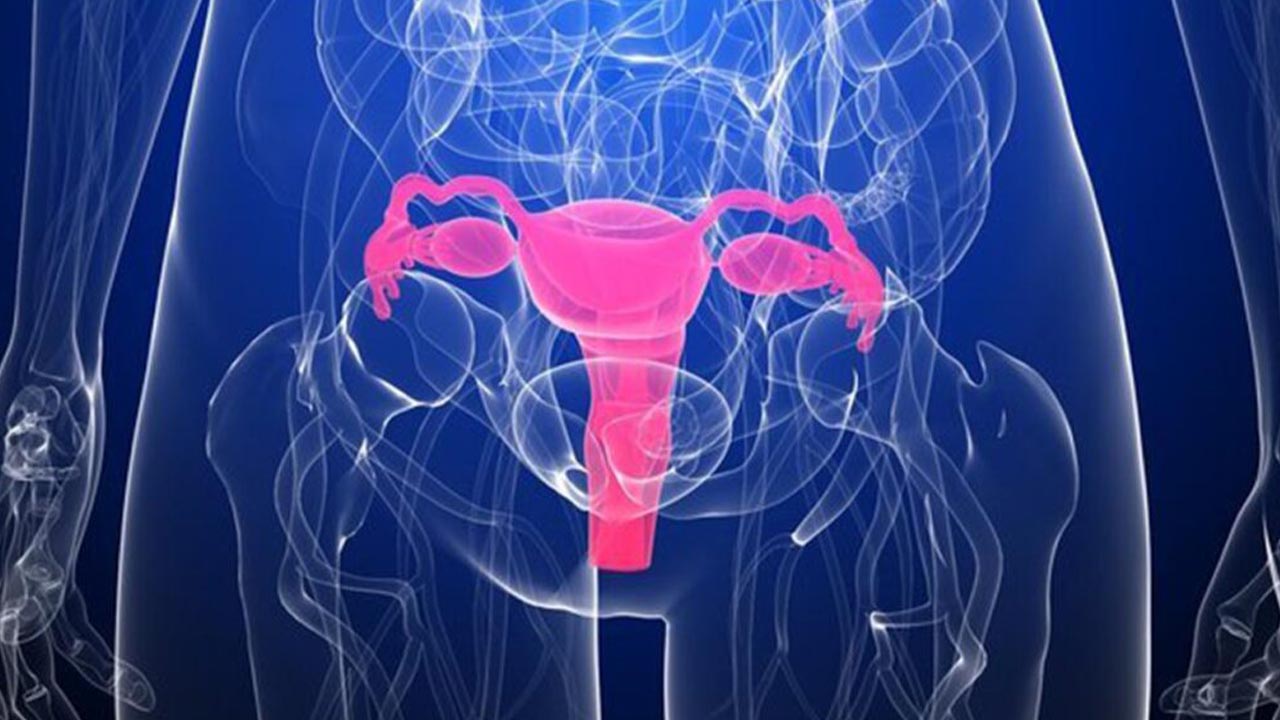The uterus is one of the major organs of the urinary system, which carries urine to be excreted out of the body. Uterine tumors, better addressed as uterine fibroids, are small tumorous growths in the human uterus. These are non-cancerous but can cause mild to serious health issues in both men and women. Swelling of the uterus, bloating, leg and lower body pain, and bleeding are usual signs of uterine fibroids. This condition is common in females compared to males and can be few to numerous in numbers. Hysterectomy and uterine fibroid embolization are currently the most effective treatment methods against uterine fibroids.
Uterine fibroid embolization
Interventional radiologists recommend symptomatic uterine fibroid patients’ uterine fibroid embolization. This approach is considered medically useful as it is safer, faster, and non-invasive. It offers imaging which is a beneficial and technical aspect concerning diagnosing, identifying, and treating fibroids. In the case of females, UFE is only suggested by the consultation of the radiologist and the gynecologist, as pregnancy can be a major complication due to treatment.
Treatment procedure
Uterine fibroid embolization (UFE) is a non-surgical method involving the incision of a catheter tube in the bilateral uterine artery to block blood flow to the fibroid. This causes fibroids’ shrinkage as the tumor’s food flow is hindered. Although hysterectomy is more common than UFE, the medical advantages make it popular among physicians and patients.
Pelvic uterine arteries are the predominant source of the blood delivered to the uterine fibroids, so UFE is a targeted therapy introduced to aim at such blood vessels. These fibroids are benign and multiple but range in size like a pea. The UFE treatment is prescribed to all age patients as this can be endured easily. It is stated that 9 out of every ten individuals with UFE are safe and show recovery speedily.
Fluoroscopy, embolic agents, and success ratio in UFE approach
Apart from using catheters, imaging is another part of the uterine fibroid embolization process. This help to visualize and identify the size and severity of the uterine fibroids before and during the treatment. In addition to this, embolic agents are the major medically proven accessories inserted via a catheter.
Polyvinyl alcohol and Gelfoam are effective tools for clinical embolization. Reports show that after the UFE procedure, 85% of the patients have resulted in a significant decrease in the total uterine volume, which is a potential sign of healing from fibroids of the uterus. Even in many cases, there are no evidential factors for the re-growths of fibroids.




